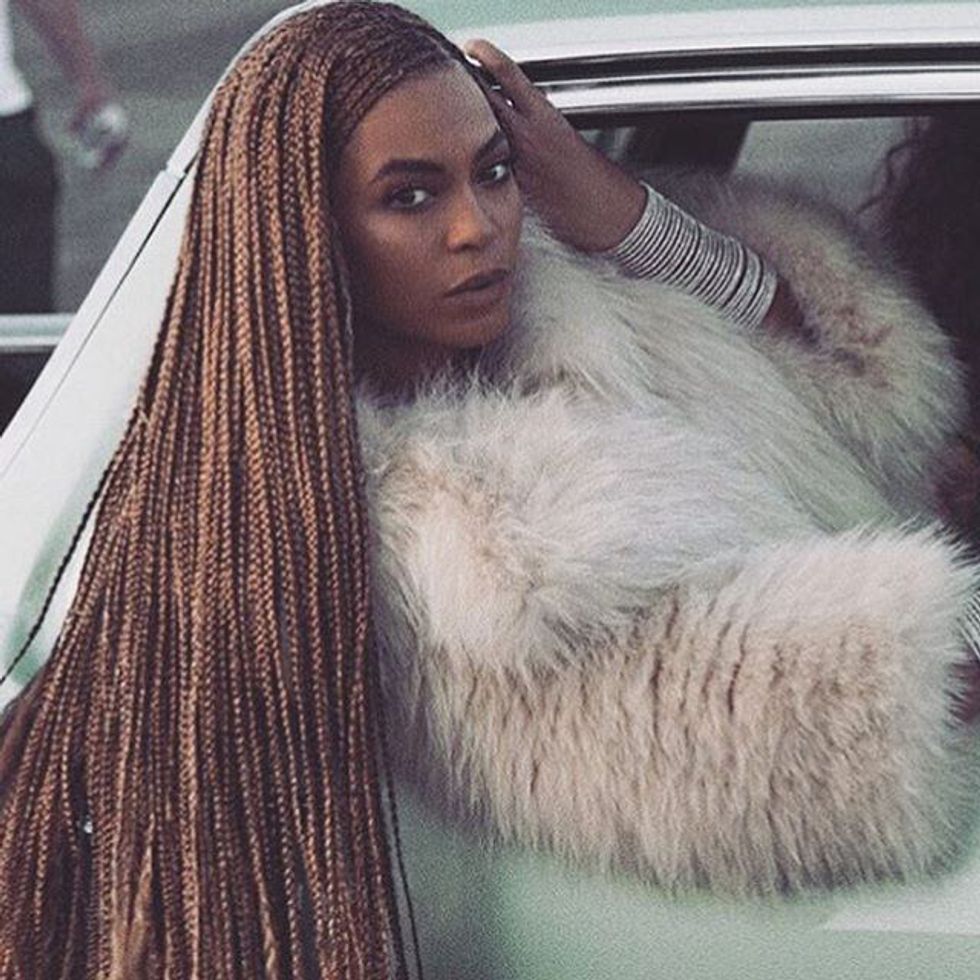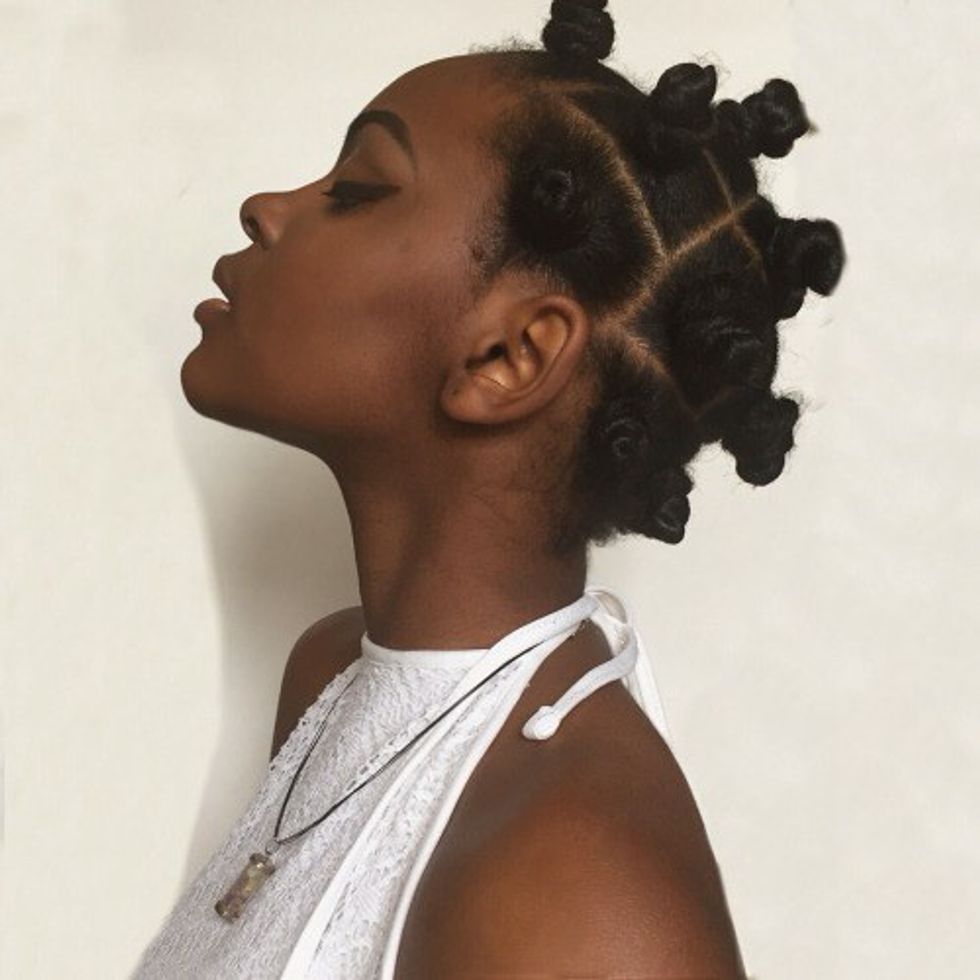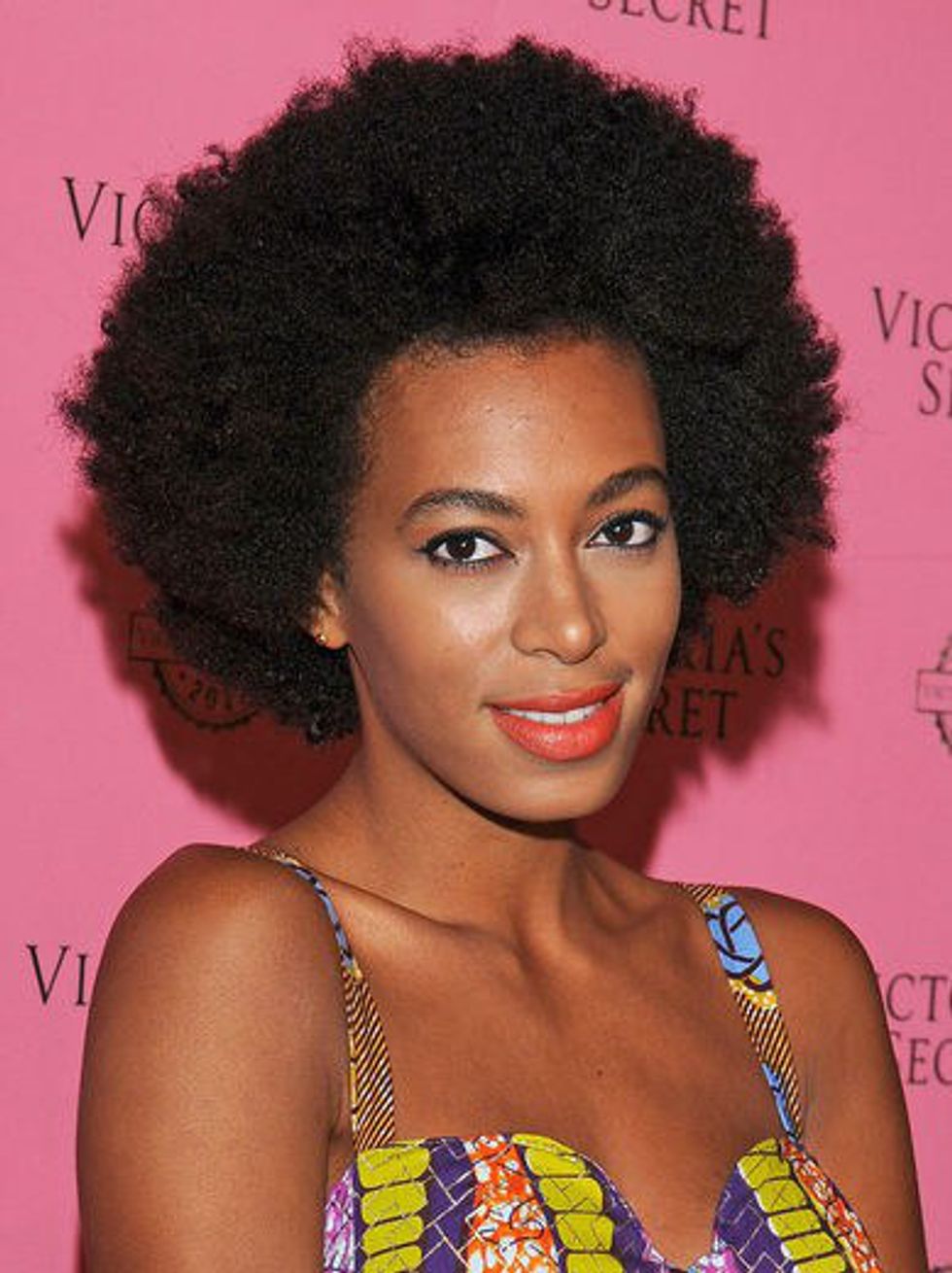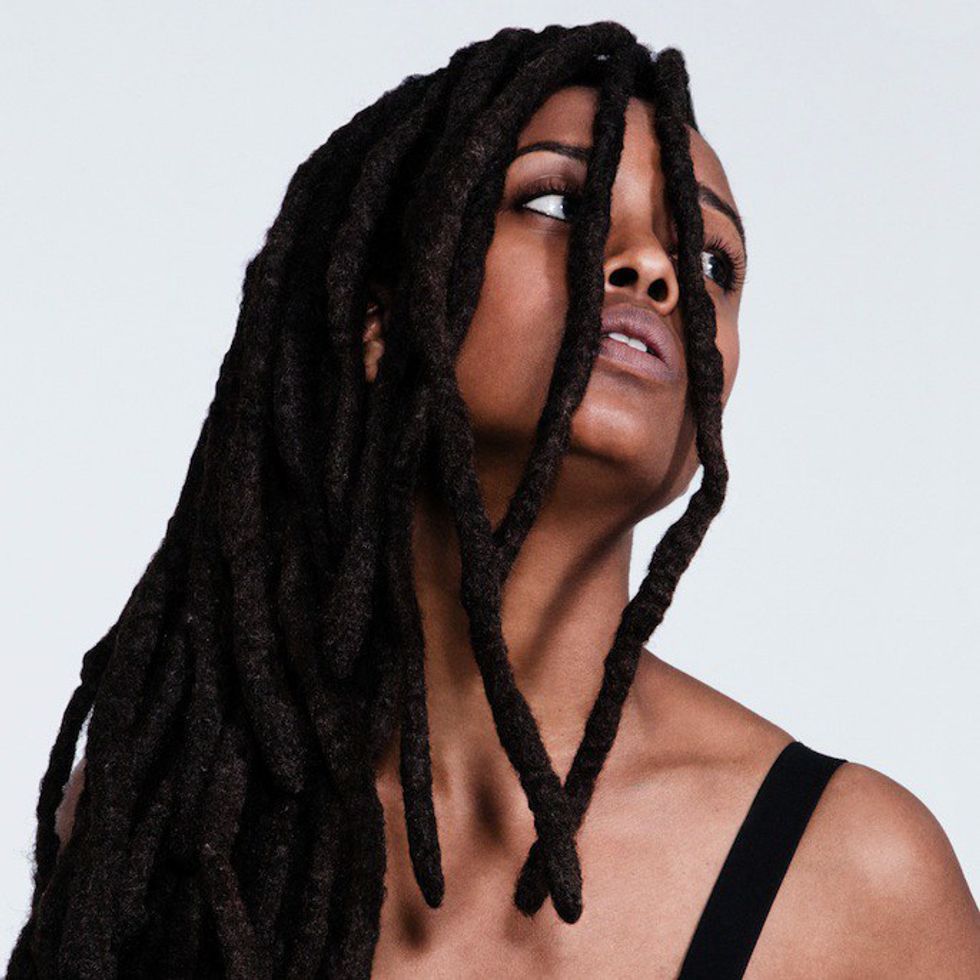You ever scroll through your favorite website and you just see something that rubs you the wrong way?
I’m not just talking about a little bit of discomfort. I’m talking about the feeling of explicit anger; enough discomfort to make you slam your laptop shut and go on a two hour rant. This includes but is not limited to: stomping, snapping at your roommate for telling you to relax, sudden flashbacks from times when you were a child. That’s what I felt when I scrolled through Instagram on a Tuesday morning with pictures of Kylie Jenner wearing what looked like a swimming cap with red cornrows.
I just think back to all those times when people used to tug at my long hair braided up into cornrows because they were seen as “ratchet” or “disgusting” when they were a protective hairstyle for my hair texture. Now imagine the 10-year-old me being ten years older and watching as the tabloids exploded with people like a certain famous family rocking “new and trendyboxer braids”.
Boxer braids.
Boxer braids.
It’s not the fact that they wear it that’s bothersome. It is the fact that it has been taken and made to look new, as if a whole culture that has been established for years didn’t come up with as an essential part of their life as well as a way of maintaining their hair. As if said culture wasn’t oppressed or made fun of to the point of rejection for having these cornrows in the first place.
It’s as if all of that was erased and a new label was slapped over it…
New and Trendy.
Boxer braids.
It’s liked the poached egg in ramen noodles thing, but that’s another story.
This is cultural appropriation. Found in Who Owns Culture? Appropriation and Authenticity in American Law, the definition is as follows:
“Taking intellectual property, traditional knowledge, cultural expressions, or artifacts from someone else's culture without permission. This can include unauthorized use of another culture's dance, dress, music, language, folklore, cuisine, traditional medicine, religious symbols, etc. It's most likely to be harmful when the source community is a minority groupthat has been oppressed or exploited in other ways or when the object of appropriation is particularly sensitive, e.g. sacred objects.”
Now that you have an understanding of what cultural appropriation, here are a few styles that have been exploited and exposed to cultural appropriation. These styles are African and Caribbean based and have been carried out through people of color for hundreds of years.
Cornrows
These have already been addressed. Cornrows, not “boxer braids”, originated from the African and Caribbean culture as a protective style as well as a cultural expression for many years.
Bantu Knots
Bantu knots, not “mini buns”, also originated in Southern Africa with the Zulu tribe. They can be worn as unraveled loose waves or as they are style. Bantu knots hit the runway in 2014 and were suddenly called “mini buns” and were described as being “punk, girly, and super trendy”. Right.
Box Braids
Box braids, not “hairspiration”, originated in Africa and date back as far as the early B.C’s. Jewelry is often added to it, such as cowrie shells, beads, and gold pieces and they can be worn in different styles and with different colors. This style has shown up on many Instagram accounts like Rita Ora’s as “hairspiration”. Okay.
The Afro
The afro, not “puffy curls” isn’t even a style. It is a default for many people of color, ranging between those of Hispanic descent to those of African descent. On Youtube, you will find that there are countless tutorials on how to get straight hair into an afro. I repeat: afros are not styles. They are a default, however, they can be styled if you already have one…naturally.
Dreadlocks
Dreadlocks or dreads are a natural style. People will agree when it is said that coarse natural hair will curl around and lock itself in place when it is left alone. It can also be formed by taking coarse hair and twisting it continuously with either a small tooth comb or your fingers while using holding product. There are many ways to form a dread, but that is one way. This style is one of the most controversial one to show up on the runways as there is a history of this style being vied as “ratchet and dirty”.
If you’re feeling angry after reading this, it may be for two reasons: you either vibe with me on my feelings of anger towards the appropriation of these hairstyles or you think I’m an unreasonable and annoyed person of color who wants to poke at everything. If it’s the latter, then I want you to think about this. Imagine having something that’s been a part of your life being made fun of by majority of the world. Imagine having people tell you how you’re supposed to be in order to be more socially accepted rather than set apart from the world. Imagine having the pressure to be set apart from what you know and to be someone else, along with the weight of the world’s judgement on you all at a very young age.
Got it? Now hold that feeling for a second.
Now, imagine having the part of your life that’s been rejected by others suddenly coming back as a trend years later. Not only is it a trend now, but someone else has given it a new name, a new meaning, and has erased it’s origins.
That’s what has happened to these hairstyles. There’s so much more behind it then just being angry about being made fun of for wearing it before it was “cool”. These hairstyles have been a major part of many people of color’s lives. Watching these hairstyles get bashed and then make a debut in the fashion world as a “trendy or risky new style” when they’ve been established by a culture or multiple cultures long ago is painful to watch.
“But we’re appreciating the culture!”
Appreciating is wearing it and calling it what it is while having the respect to know your limits. Appropriating is wearing it, giving it a new name, and erasing its history. This applies to many things beyond hairstyles, but this is a start. There are ways to wear something without being offensive.
Except for kimonos, dashikis, or any other traditional garments as Halloween costumes. But that’s another story for another time.
“Give credit where it’s due. Don’t steal from the artist and call it yours. “
















































